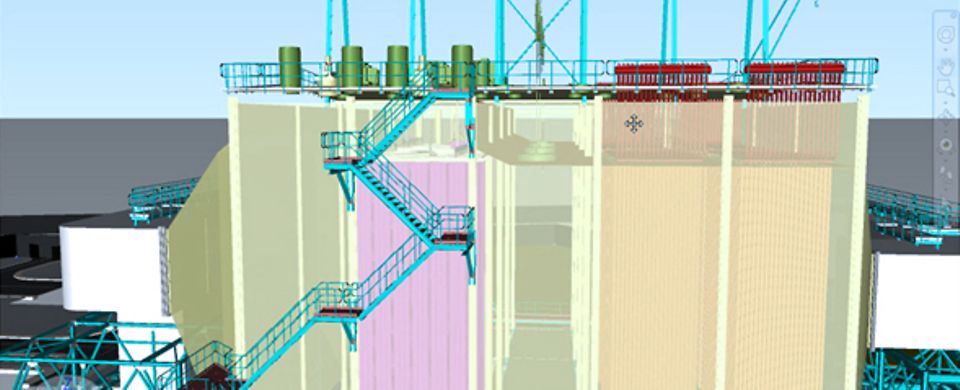The key features of the ANDRITZ SNCR system are:
- Simple design
- Low capital expenditure
- Removal efficiencies typically up to 60%
- Short outage time for installation
- No solid or liquid waste
A gaseous or aqueous reagent of a selected nitrogenous compound is injected into and mixed with the hot flue gas in the proper temperature range and with an optimized residence time to selectively reduce the NOx levels and control the ammonia slip.
The SNCR system from ANDRITZ has been continuously optimized based on the numerous references, is cost-effective and also suitable for various fuels as well as industrial and power generation applications.
As NOx removal depends to a large extent on the process parameters selected ( temperature, residence time, reagent injection rate, and mixing of reagent and flue gas), each SNCR solution is specific to the installation concerned.
